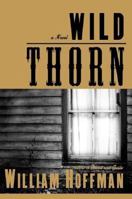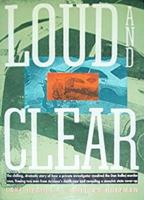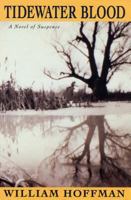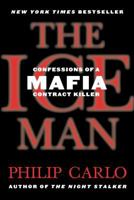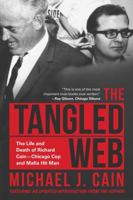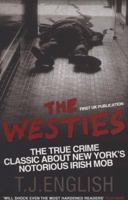Batman And The Outsiders #26
(Part of the Batman and the Outsiders 1983 Series)
Select Format
Select Condition 
Book Overview
No Synopsis Available.
Format:Hardcover
Language:English
ISBN:0803783728
ISBN13:9780803783720
Release Date:January 1979
Publisher:Dial Books
Length:246 Pages
Weight:1.05 lbs.
You Might Also Enjoy
Customer Reviews
2 customer ratings | 2 reviews
There are currently no reviews. Be the first to review this work.















